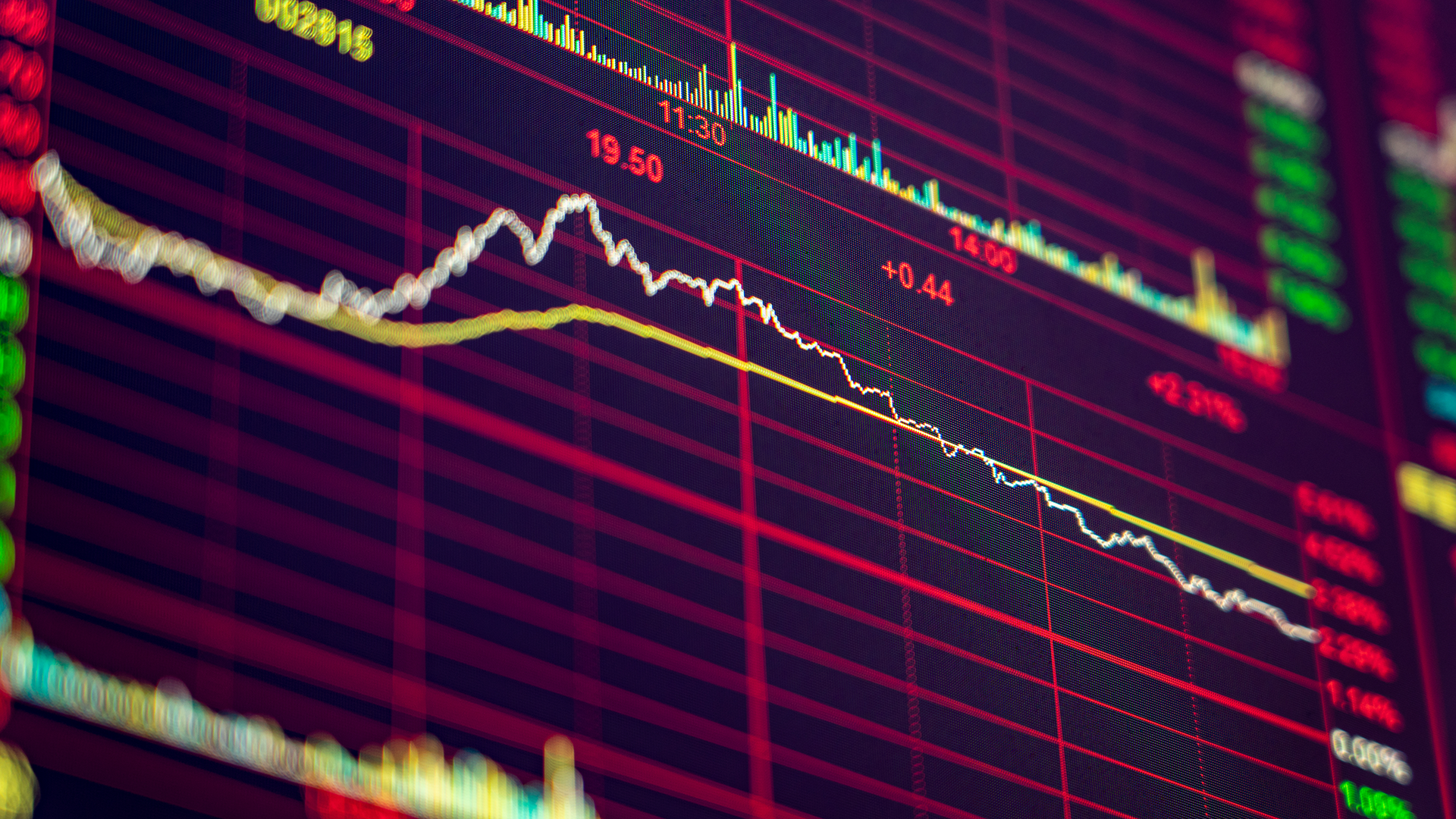Supply chains have come under close scrutiny in the past couple of years – and many have been found wanting. As issues compound, and show no sign of abating, is it too early to start looking beyond the pandemic response for new, more efficient models?
Never has so much attention been directed towards the world’s supply chains. Having initially been perceived as a temporary blip, supply chain problems have evolved into a global systemic crisis. Industry leaders warn that bottlenecks and delays will likely continue throughout 2022 and beyond, while a record number of businesses are now buckling under this pressure as firms face a ‘perfect storm’ of inflation and shortages.
The “Great Supply Chain Disruption”, as it is being dubbed by leading economists, warrants an examination of its own. The gradual widening of cracks in the supply chain can be split into three distinct parts:
1. Global shutdown –When the pandemic struck in early 2020, the majority of businesses closed, causing factories to halt their production. With fewer goods being made, it was expected that demand would also drop sharply. However, rather than a drop in demand, in many countries like the UK and America the closure of stores simply accelerated the shift to online shopping – in June 2020, Amazon alone reported a 26% increase in sales from the same time the previous year.
2. Shortages –Supply chains managers, however, were unprepared to meet this demand, with the increasing number of orders far outstripping the availability of shipping containers. This led to a shortage of goods, as manufacturers lacked the capacity to bounce back to pre-pandemic output levels to meet the demand. Lack of capacity was compounded by a shortage of labour, shipping and delivery services since thousands of workers were forced to self-isolate in the spring and summer of 2021.
3. Soaring prices –The result was that the price of goods and materials soared exponentially, forcing companies to reduce production and hike costs in order to stay afloat. In the US, the price of some materials rose by as much as 54% over the course of 2021. This heightened financial pressure on suppliers has created a perpetual cycle of shortages and rising prices, with no way out seemingly in sight.
Covid-19 has clearly left a permanent mark on economies worldwide. However, while the pandemic may have been the trigger for plunging global trade into crisis, many of the reasons for the inability of supply chains to cope with this shock to the system pre-date the pandemic.
Principal among these is the chronic and ever-growing issue of securing sustainable working capital for SMEs, which significantly hinders the growth of small suppliers. Payment timeframes is one exacerbating factor, and the availability of capital is another.
Slow and late payments, for example, continue to starve small businesses of much-needed cash. Three in five UK businesses are currently owed money in late payments, while more than 400,000 SMEs are on the brink of closure due to the late payment of invoices. Liquidity challenges are compounded by difficulty accessing finance itself. A recent survey by the UK’s Federation of Small Businesses found that the proportion of SMEs having their applications for finance approved was at a seven-year low, creating further barriers to growth.
This has serious knock-on effects for the rest of the trade cycle, preventing working capital from reaching all corners of the supply chain. The result is that suppliers are left without the cash they need to adapt to rising costs, causing production to slow down along the entire chain.
Sustainability through intelligence
Advances in technology, however, mean that there is no reason why SMEs should have to wait so long to be paid or gain access to cash. ML can analyse past payment patterns to make probabilistic assessments of the few invoices that are unlikely to get paid, enabling the rest to be settled automatically when they are received.
This technology can also advance cash from future expected earnings by leveraging data from large corporate companies or other data sources, such as e-invoicing platforms and accounting systems. Where strong cash flows are identified, SMEs can secure larger loans which are then paid back as they make revenue.
A data-driven approach to financing is a win-win for all trading parties. Suppliers receive much-needed working capital to maintain production output against a background of surging prices. For buyers, they are able to strengthen their supplier relationship and unlock swathes of small suppliers that would otherwise be precluded from offering their services, subsequently helping to ease shortages. This enables trade to keep flowing during times of crisis.
The supply chain crisis has highlighted the urgent need to update the B2B processes that underpin international trade. Covid-19 may have been the trigger for pushing global trade into turmoil, but the severity and longevity of the subsequent disruption demands a review of supply chains that must go past the pandemic.
While it is impossible to prevent another crisis from occurring, the implementation of new technology will be vital in making supply chains more agile and flexible. As the global economy looks ahead to the post-pandemic world, it is clear that tackling SMEs’ liquidity challenges must play a central role in the sustainability of this vital component.























